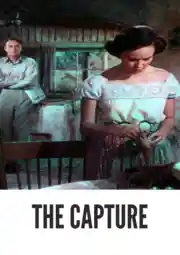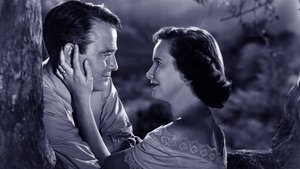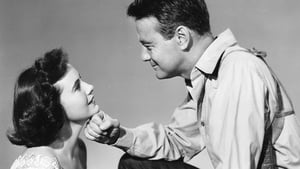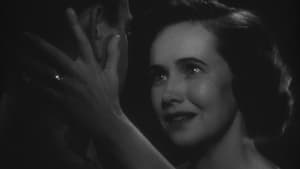Contact: [email protected]
Video Sources 0 Views

Synopsis
[ez-toc]




Introduction
In the vast tapestry of cinematic history, certain films stand as timeless classics, transcending the limitations of their era. “The Capture Colorized,” a 1950 Western film directed by the legendary John Sturges, is one such gem that has now found a new lease on life through the magic of colorization. As we delve into the world of “The Capture Colorized,” we explore not only the intricacies of the film’s plot and characters but also the significance of colorized movies and the importance of preserving old films in the annals of cinematic history.
Read Media File Transfer Agreement: Terms and Conditions
Read FAQ
Exploring the World of “The Capture Colorized”
At the helm of “The Capture Colorized” is director John Sturges, a maestro in his own right, whose contributions to the film industry have left an indelible mark. Sturges, known for his prowess in the Western film genre, brings his distinct vision to this 1950 masterpiece. The film stars Lew Ayres as Lin Vanner, a fugitive on the run, and Teresa Wright as Ellen, a compassionate woman who becomes entangled in Vanner’s plight. The synergy between the director and the star cast elevates “The Capture Colorized” into the realm of timeless cinema.
A Colorful Rendition: The Story of Colorization in “The Capture Colorized”
Colorization, a process that has sparked both admiration and debate in the film community, has breathed new life into old movies. “The Capture Colorized,” originally shot in black and white, underwent a transformation in 1950 with the introduction of colorization. This decision marked a pivotal moment in film history, as it opened doors to a new era of experiencing classic cinema in a vibrant spectrum of colors. The significance of colorization goes beyond mere aesthetics; it plays a crucial role in preserving and revitalizing old films for generations to come.
Examining the Plot and Visuals
“The Capture Colorized” unfolds in the oilfields of Mexico, where Lin Vanner, an injured fugitive, encounters a priest played by Barry Sullivan. The film weaves a gripping thriller, drawing viewers into a narrative tapestry rich with suspense and intrigue. Colorization enhances key scenes, intensifying the emotions and atmospheres that unfold throughout the plot. As the fugitive and priest characters navigate the challenges of their circumstances, the visual allure of the colorized frames adds a layer of complexity and depth to their journey.
The Making of “The Capture Colorized”: Behind the Colorized Frames
Behind the scenes, “The Capture Colorized” was brought to life through the collaboration of Niven Busch Productions and RKO Radio Pictures. These production companies played a pivotal role in realizing the director’s vision and bringing the colorized frames to the silver screen. The intricate dance between the cast and crew, each contributing their expertise, resulted in a cinematic masterpiece that continues to captivate audiences even today.
Reception and Legacy
“The Capture Colorized” made its debut in a bygone era, yet its impact transcends time. The film’s release date marked a moment in history, and its inclusion in the American Film Institute Catalog solidified its status as a cultural touchstone. Examining both contemporary and retrospective perspectives, the critical and audience reception of “The Capture” offers insight into its enduring legacy. The film’s ability to resonate across generations underscores its timeless appeal.
Experiencing “The Capture” Through a Modern Lens: Is Colorization Justified?
In the age of digital streaming, “The Capture” has found a new home on platforms like Amazon Prime Video. This accessibility has allowed a new generation of viewers to experience the Western film plot, brought to life by the talented cast and enhanced through the lens of colorization. Yet, the question of whether colorization is justified remains a subject of ongoing debate. Film enthusiasts grapple with the delicate balance between preserving the authenticity of the original black-and-white version and embracing the technological advancements that breathe new life into classic cinema.
Preserving Cinematic History: Balancing Innovation with Respect for the Original Vision
In conclusion, “The Capture Colorized 1950” stands as a testament to the delicate dance between innovation and tradition in the world of filmmaking. The colorization process, while controversial, has undeniably opened avenues for a renewed appreciation of old movies. As we encourage readers to explore films like “The Capture” in both their original black-and-white form and any available colorized versions, we advocate for an inclusive approach to cinematic history. It is through this balanced perspective that we can truly celebrate the rich tapestry of films that continue to captivate audiences across generations.













